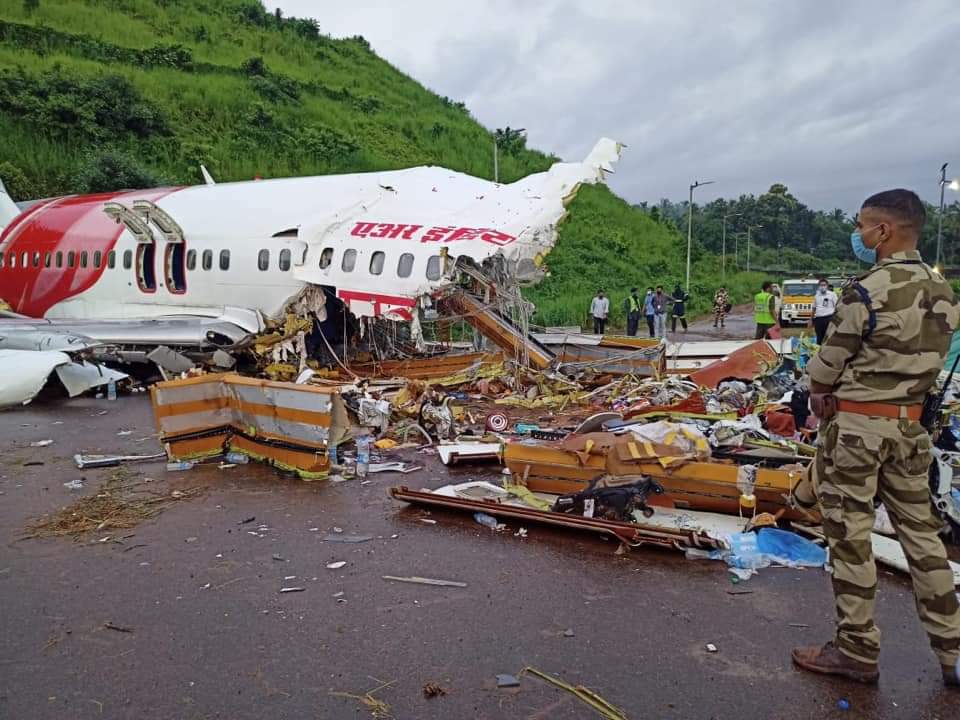New Delhi, Feb 6: Unemployment rate in the country as per a new survey was 6.1 per cent in 2017-18, the government informed Rajya Sabha on Wednesday.
Minister of State for Labour Santosh Gangwar said the government is conducting a new Periodic Labour Force Survey (PLFS) with new parameters and bigger sample size, and its results cannot be compared with previous surveys in this regard.
"As per the new Periodic Labour Force Survey being conducted by the government, the labour force participation is 36.9 per cent and the rate of unemployment for 2017-18 is 6.1 per cent," he said.
Replying to supplementaries during the Question Hour, the minister said the report of this survey is very different than the surveys conducted in previous years.
This survey is not comparable to previous surveys, he said, adding it was an attempt to provide authentic data with the new survey conducted through the Ministry of Statistics.
"We are focusing on infrastructure development and ease of doing business and India's position in the world has improved. India has improved its position to 63rd rank now in 2019 against 196 in previous years," he said.
"Our government is very conscious of creating employment opportunities and is running such programme which generates employment.
"The way our government is functioning, employment opportunities are being created and the youths are getting jobs also," the minister said.
Gangwar said the government has stopped the previous survey as the sample size was low and an attempt is being made to improve the data by adding various parameters and provide more authentic data.
The minister said it will take time for collection of data as households have to be visited on the ground for authentic data collection in rural areas also.






Comments
Add new comment